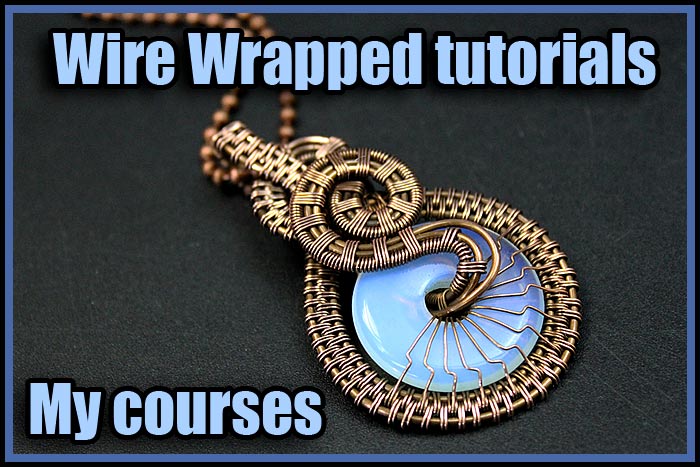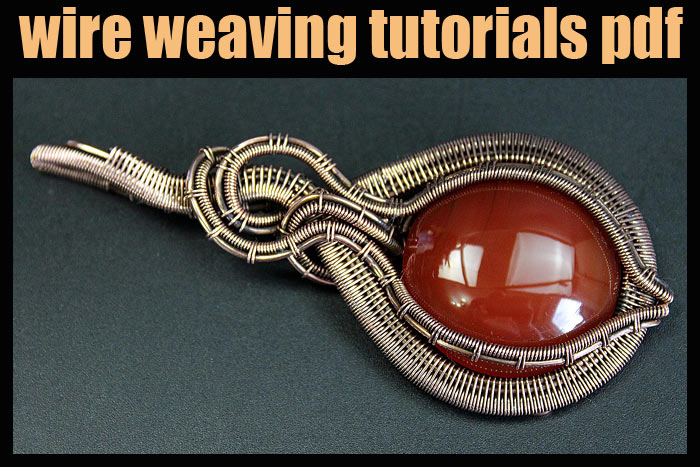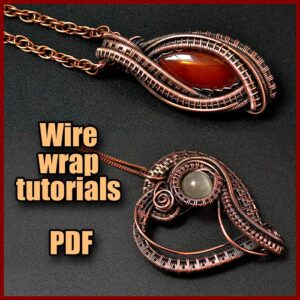Tools for decoupage. What tools do i need for decoupage. Decoupage supplies.
Decoupage doesn’t require many tools. Most of them can be found in every home. First of all, you need scissors or a knife or a razor. Scissors should be small, pointed, with rounded ends. With such scissors, it is more convenient to cut small motifs from a napkin. There is also a special knife for decoupage with a rotating blade. Now let me tell you about all the tools for decoupage in detail.

Tools for decoupage. Brushes for decoupage.
Table of Contents
Brushes are used for painting, gluing, varnishing, and priming. In addition, the drawing of small parts, which are very difficult to cut out, and the creation of various effects are also carried out with brushes. You will need a variety of brush shapes: round, flat, fan-shaped, natural, synthetic, bristle brushes. Each brush has its own application.

For example, synthetic brushes are better for gluing a motif to a surface and then smoothing it out. Bristle brushes are good for applying varnish. Thin brushes are good for painting and tinting the surface. Fan brushes are usually used to make various effects. Brushes with a width of 1-2 cm are used more often. If decoupage is performed on large objects, then brushes of bigger width are used. As you may guess, this is one of the most important tools for decoupage.
In addition to brushes, you can also use cotton pads and sponges for the same purpose.
Rollers.

To smooth the picture, eliminate wrinkles, remove surplus of adhesive, masters use special rollers – small rollers or a soft clean cloth.
Tools for decoupage. Painting knife for decoupage.
For the application of primers, oil paints, creating texture, it is desirable to buy a painting knife – it consists of a thin steel plate with a wooden handle. The plates come in different shapes: rectangular, triangular, pointed, beveled, etc.
Painter’s tape
Painter’s tape is used to prevent paint, varnish, and primer from getting onto the work surface during the application process. Areas that need to be left clean are simply covered with this tape. The painter’s tape does not leave traces on the surface after it is removed. This is why it is preferred over other adhesive tapes. It may seem unnecessary but tapes are very handy tools for decoupage.
Sanding paper.
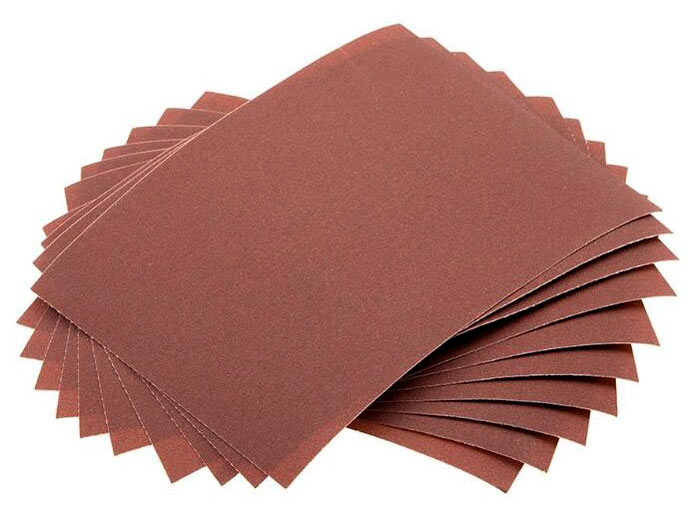
The sandpaper is used to smooth out the rough work surface. You will also need primer, paint, varnish, glue.
Primer for decoupage.
First, the piece is usually covered with primer, thereby preparing its surface for decoupage or painting. In this way, the object does not crack or become yellowish. The primer should be diluted with water before work. But sometimes it is also used undiluted.
Glues for decoupage

Use glue to attach the decoupage motif to the surface. In stores, you can find special glues for decoupage. It is very easy to work with them, but they are quite expensive and can be found only in specialized stores. Therefore, craftsmen get out of this situation by using ordinary PVA glue or stationery glue. Building glue will also do. So, if you don’t have some tools for decoupage – you can try to find an alternative.
Thick glue should be diluted with water. Instead of glue sometimes you can use a colourless water-based acrylic paint. In this case, your product will be “protected” from moisture and sunlight. But the work will cost a little more compared to when using conventional glue.
PVA glue.

Synthetic “glues” or adhesives are usually made from a mix of polyvinyl acetate (PVA), acetone, ethanol, water and other substances. Water is used to modify the glue’s consistency; other ingredients simply control the rate at which the glue dries out. Polyvinyl acetate (PVA, PVAc, poly (ethenyl ethanoate)), commonly known as wood glue, school glue, carpenter’s glue, white glue is a widely available adhesive used for porous materials like paper, cloth, and wood. In the US, this glue is also called Elmer’s glue.
PVA wood glues are not the same as white PVA craft or school glues. They’re both based on the same synthetic resin (polyvinyl acetate), but PVA wood glues are stronger. They also set faster, can be sanded, and are more water/heat resistant. Some wood glue varieties, such as aliphatic resins, also dry yellow.
Paints for decoupage.

It is better to choose acrylic paints for decoupage. They will never leak or ruin your work. In addition, they are easy to apply and dry quickly.
There is a wide range of colors of acrylic paints, with different effects – such as diamond metallic shine. Paints are used for tinting and for painting small parts. In addition, with their help, the drawing can be made more vivid.
Decoupage varnish

Varnish is one of the most important tools for decoupage. It is applied to the glued motif before tinting the product. This is done so that in the case of paint drips on the picture, you can wash it off without damaging the product. The finished work is also coated with several layers of varnish. You can buy special varnishes for decoupage in the stores. Many craftsmen prefer polyurethane or acrylic varnish. If the product in the future may contact with water, it is better to use a water-resistant varnish. For dishes choose a harmless decoupage varnish.
There are many different varnishes to achieve different effects, such as matte or glossy, diamond and triple glitter effect varnishes, rainbow varnishes, and patinating effect varnishes. They are produced on different bases: acrylic or oil-based. For a product that is planned to be used outdoors in the future, it is better to take a water-based gloss varnish. There is also a transparent water-based varnish to create a volume effect. It is applied directly from the bottle. After drying, the piece will obtain a convex surface, which will highlight all the details of the drawing. So, there are many tools for decoupage, as you can see.

Bitumen varnish is used for artificial aging (to make it look old) and making small cracks on the piece. It is applied to the painted work surface with a synthetic brush. After it dries, the relief is obtained by wiping off the excess varnish with a soft clean cloth moistened with white spirit.
To emphasize the intensity of the colors, bee varnish is applied to the finished work after that. This is a rather expensive varnish. It contains beeswax, so it hardens at low temperatures. To melt it, it is enough to put the bottle with varnish in hot water for a few minutes.
Sometimes glossy and matte lacquers are mixed to get a satin effect. For a marble effect, several coats of varnish with a diamond sheen are applied.
For craquelure, there are also special types of varnish: one-step and two-step varnishes. Structural pastes and gels are used to create volumetric decoupage.

Structural pastes and gels for decoupage.
They are often made of acrylic. They are easy to work with, quite durable and safe. Gels can be transparent or colored. Transparent gels are mixed with acrylic paints. The more paints added to the gels, the brighter and less transparent they are. They can be applied to any surface. Any objects, such as beads, sequin, beads, etc., can be added to the gels and pastes. They dry between 12 hours and 2 days, depending on the material and thickness of the layer.
To create different effects, there are a variety of special products. For example, using pearl paint we can make pearls. The paint is simply squeezed out onto a degreased surface in the form of large or small droplets. When they harden, they form balls of pearls. These are also very interesting tools for decoupage, don’t forget about them.
To draw fine details and decorative effects in decoupage on fabric, special contours are used.
Dutch metal

For gilding, silvering, and bronzing, dutch metal is used. It looks like thin sheets or strips of zinc and copper alloy. It can be gold, silver or bronze. It can be used on any surface. It does not contain precious metals, so it can darken if left untreated. It is usually sold in packages of 10 to 25 pieces of 14 × 14 cm. Between the sheets, there is tracing paper put. Sometimes you can see the dutch metal in rolls. The sheets of dutch metal with drawings are also available. Sometimes the dutch metal is sold in powder form. When working with it, use wide flat or fan-shaped brushes.
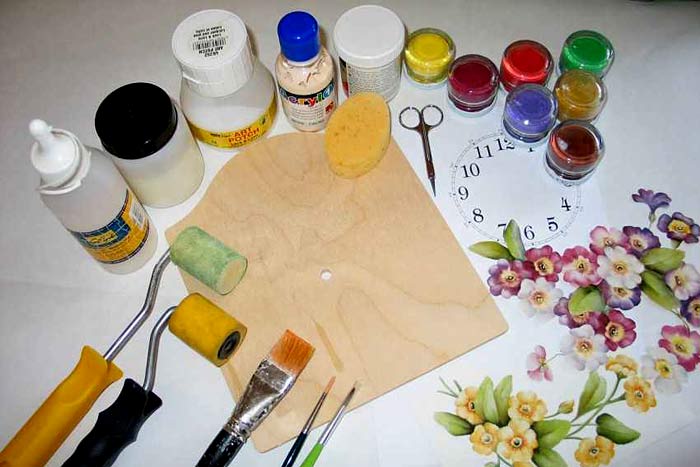
Special compositions for decoupage
There are special compositions for gluing napkins by ironing. The composition is applied to the napkin and ironed with an iron after that. After a while, when it dries a little, the napkin is placed on the surface, covered with a sheet of paper and ironed. So, today we learn about tools for decoupage – hope you enjoyed it.
See related posts
Wire wrapped tutorials Valeriy Vorobev





